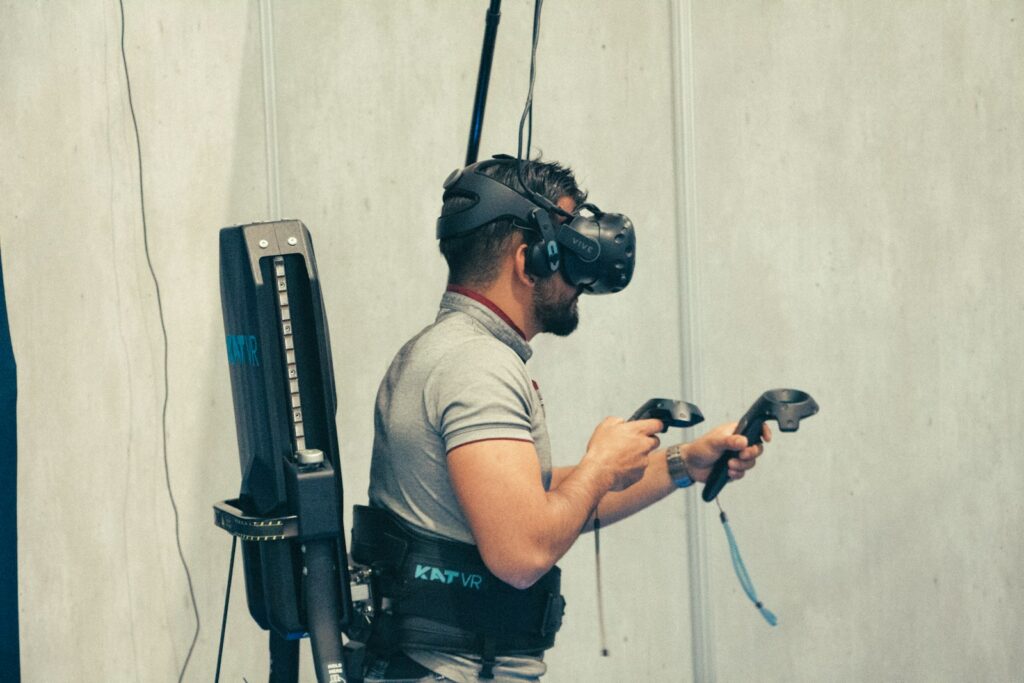While the metaverse promises entertaining experiences for users, its user landscape may be problematic in terms of inclusivity. Studies have shown that the majority of metaverse users are the same demographic as video gamers: males ages 18-34, with the majority (73%) being white. This leads to questions about equity and safety for female players, or players of fluid genders. In a recent MIT Technology Review article, two female metaverse users reported separate incidents of virtual groping by male avatars. One of these incidents happened in Horizon Worlds, a new virtual reality platform opened by Meta (formerly Facebook), Since these incidents, developers are working to develop safe zones and safety moves for avatars to better protect themselves. These incidents have also brought up legal questions about sexual harassment. These occurrences show that the metaverse is already turning in a dark direction, and steps need to be taken in order to make things safer and more inclusive for players. Without purposeful efforts taken by metaverse companies, the technology of the metaverse could have a serious bias against certain demographics of users.
As of November of 2021, Meta has pledged a $50 million investment to ensure responsible product development. Their partners in this investment include the Digital Wellness Lab, Everfi, and Dr. Lewis Bernstein. Meta’s plans for the metaverse include looking into four key tenets: economic opportunity, privacy, safety, and equity. Because Meta and their other company Instagram have had issues with diversity in the past, many users are skeptical of their promises to deliver a more diverse and responsible metaverse experience. Meta specifically has had incidents of racist algorithms from machine learning. According to expert Breigha Adeyemo in an article for the Conversation: “Black female politicians and journalists have been disproportionately targeted with abusive or problematic tweets, and Black and Latino voters were targeted in online misinformation campaigns during the 2020 election cycle.” The cycle of technological racism doesn’t just apply to politicians and journalists, as Adeyemo explained: “Worse, Facebook has frequently removed Black women’s comments that speak out against racism and sexism. Ironically, Black women’s comments about racism and sexism are being censored – colloquially known as getting zucked – for ostensibly violating Facebook’s policies against hate speech. This is part of a larger trend within online platforms of Black women being punished for voicing their concerns and demanding justice in digital spaces.” These aren’t good statistics to have for any company, let alone Meta, which is working to develop a metaverse that they promise will be more inclusive.
While companies like Meta are sorting out their reputations and promises of equity, another big issue within the metaverse is avatars. Avatars are virtual representations of an individual. Avatars can be created to fit any individual’s style, not looking even remotely like them. Some avatars have had issues in the past accurately representing skin tones as well as different body shapes, leaving users feeling left out or discriminated against. Avatar gender has also been problematic, as non-binary genders have historically not been a choice. Not only are avatars limited in representing all ethnicities, but they can lead to issues of body dysmorphia or eating disorders. This is because many users create idealized avatars, with bigger busts, bigger lips, or more toned bodies. As virtual avatars represent how individuals want to be seen by others, idealized avatars can cause serious problems, making some users self-conscious or ashamed of their bodies. As places like Instagram have already been shown to have toxic effects on susceptible ages, like teenage girls, it won’t be a surprise if the metaverse also brings these problems to light. This can be a benefit, as companies and stakeholders in metaverse technology may work to rectify these issues, but it will take important steps to make these fixes happen.
There are many other places where diversity needs to be addressed in terms of the metaverse. One of these is in the landscape of metaverse companies and developers. Current statistics show that only 24% of video game developers are women, narrowing the number of diverse perspectives that go into video game creation, which is a large part of the metaverse. While there are many metaverse startups based around the globe, there are still perspectives that are missing from this industry that can help make the technology more inclusive for all. There are also regulations needed to help stop possible hate speech that could happen in the metaverse, as well as the virtual groping and harassment that has already been experienced. In short, in order for the metaverse to be more inclusive, there are very large kinks that need to be worked out.
Photo by Freepik.com


















